1. Pumpkin spice takes over literally everything
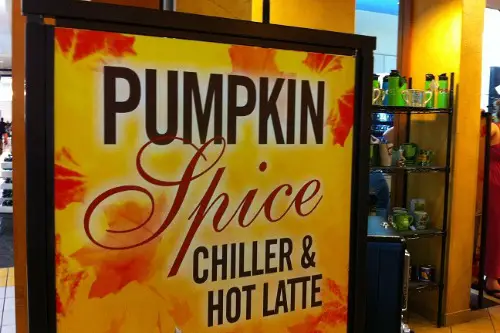
Once September hits, you can’t swing a tote bag without hitting something pumpkin-spiced, according to Jess Cording from Forbes. Coffee, cookies, candles, cereal—you name it, it’s been “pumpkin-spiced” into existence. The flavor was originally popularized by Starbucks’ Pumpkin Spice Latte back in 2003, and now it’s a full-blown seasonal identity. People abroad often don’t understand why a squash-related spice blend triggers so much excitement.
But for many Americans, it’s a nostalgia thing—it signals cozy vibes, falling leaves, and the transition to the holidays. It’s not about the taste so much as the tradition (though it does taste good if you’re into cloves and cinnamon). Even grocery stores lean into it with limited-edition products that vanish once winter hits. It’s a whole seasonal economy that outsiders often find baffling.
2. High school football becomes the center of the universe
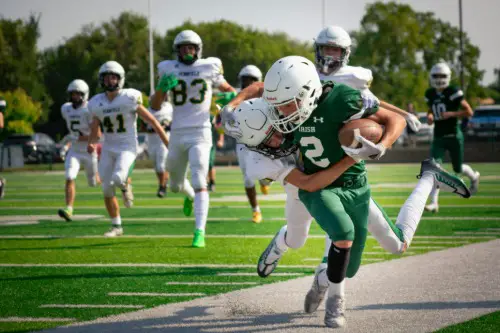
Every Friday night in towns across the U.S., stadium lights flip on and the community shows up en masse to cheer for teenage athletes. It’s not just a game—it’s the social event of the week, especially in small towns. Marching bands, cheerleaders, concession stands, and even homecoming parades all orbit around football season. Other countries usually reserve that level of spectacle for professional or international sports.
In places like Texas or Ohio, the town’s identity might actually hinge on how good the local team is. Schools even get broadcast deals and local press coverage like they’re miniature NFL teams. For those outside the U.S., it’s hard to grasp just how much significance is placed on high school athletics. But in America, it’s baked into the cultural fabric like a warm slice of pie.
3. People decorate their houses like it’s Halloween and a horror movie set
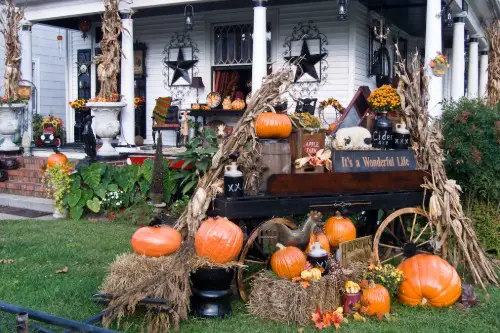
By early October, suburban lawns start looking like budget film sets for The Walking Dead. Giant skeletons, fog machines, talking gravestones, fake blood—it’s not subtle. Halloween has evolved way beyond just costumes and candy; it’s now a full-blown home decor season. To international visitors, it can seem borderline terrifying or at least wildly over-the-top, according to Mary Culbertson from KSL TV 5.
But there’s a deep-rooted love in America for spooky season—it’s a mix of nostalgia, creativity, and good old-fashioned showmanship. Retailers like Home Depot even release exclusive Halloween props that people line up for. Neighborhoods compete to be the most haunted, and kids love doing drive-bys just to see the setups. It’s weird, it’s fun, and it’s totally American.
4. Corn mazes are treated like peak entertainment

Each fall, people pay actual money to get lost in a maze made of corn, according to Douglas Quenqua from The New York Times. It’s a rural tradition that’s grown into an annual ritual across much of the country. Farms design elaborate mazes (sometimes with themes or puzzles), and folks will drive hours just to wander through them. Outsiders might wonder why anyone would voluntarily enter a confusing agricultural labyrinth.
But it’s more than just a maze—it’s about the crisp air, the seasonal vibes, and the sense of small-town adventure. Plus, these farms often offer hayrides, cider donuts, and bonfires to round out the experience. For families and friend groups, it’s a quintessential “fall outing.” And for social media? Let’s be honest—it’s pure gold.
5. Everyone becomes obsessed with leaf peeping
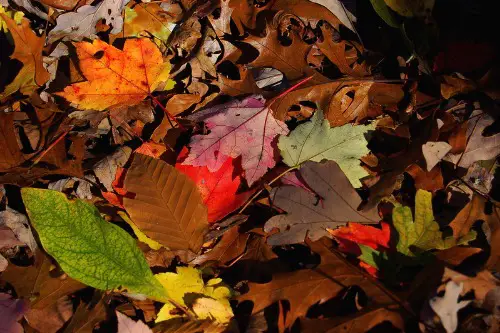
Yes, “leaf peeping” is a real term, and it’s taken seriously in places like New England and the Midwest. People plan entire weekend getaways around catching the fall foliage at its peak. There’s even a science to it—tracking weather patterns and temperature shifts to predict when the leaves will turn. To people in countries where trees don’t dramatically change color, it seems like a bizarre tourism niche.
But in America, the changing leaves are a major event, and the natural beauty really is stunning. Highways and mountain passes become crowded with photographers and hikers chasing that perfect fiery-orange landscape. Local news stations even include foliage forecasts along with the weather. It’s fall’s version of a beach vacation.
6. Candy corn becomes weirdly controversial
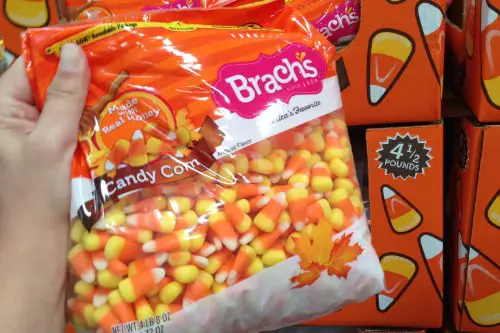
Every fall, the candy corn debate reignites with fiery passion, according to Kerry Breen and Sophie Caldwell from TODAY. People either love it like it’s a sugary national treasure or loathe it with the heat of a thousand autumn bonfires. It’s been around since the 1880s, originally called “chicken feed,” and somehow it still makes its way into Halloween bowls everywhere. Non-Americans often try it once and wonder what all the fuss (or disgust) is about.
The truth is, the candy itself isn’t the point—it’s about the ritual of it. Like fruitcake at Christmas, it’s more symbolic than delicious. Some people only eat a piece or two for the nostalgia, others hoard bags and snack on it until Thanksgiving. Either way, it’s a fall flashpoint, and the internet memes about it are half the fun.
7. Thanksgiving gets a whole month of hype
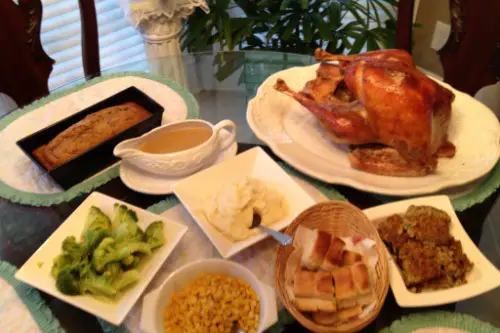
While most countries celebrate harvest festivals, Thanksgiving in the U.S. comes with a cultural intensity that ramps up the minute Halloween ends. Stores start stocking cranberry sauce and canned pumpkin like it’s Y2K. Everyone debates stuffing vs. dressing, canned vs. fresh cranberry, and turkey vs. literally any other protein. And then there’s the travel—millions hit the road or airports in what’s often the busiest travel week of the year.
The day itself is about food and family, but it also kicks off the holiday season in full. There’s the Macy’s parade, the inevitable political argument at the dinner table, and the post-meal nap while football blares in the background. For non-Americans, it can seem like Christmas came early—but with more carbs. And if you’ve never had sweet potatoes topped with marshmallows, you might be a little confused (but also intrigued).
8. College football becomes an unofficial religion
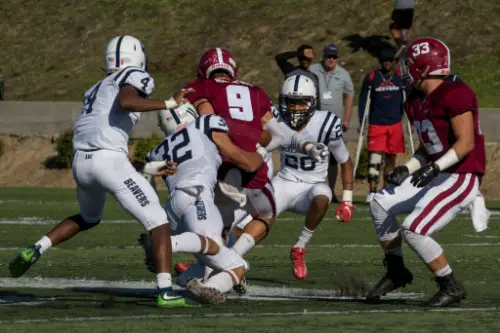
From late August through early December, Saturdays belong to college football fans. Massive tailgate parties spring up outside stadiums as early as 7 AM, complete with BBQs, corn hole, and portable TVs. College towns swell with energy, and fans wear their team’s colors like it’s a holy garment. The rivalries are intense, and the chants can be deafening.
International visitors might wonder how a school sport can command national TV coverage and six-figure coaching salaries. But college football is tradition, community, and pride all rolled into one. Alumni fly in just to be part of the madness. And yes, even if your team’s having a terrible season, you still show up.
9. Halloween costumes are for adults too
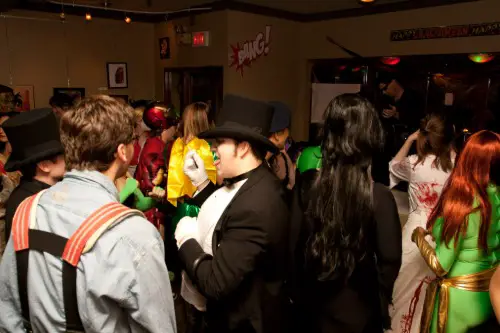
In many parts of the world, dressing up in costume after childhood is considered, well, a bit odd. Not in the U.S.—Halloween is for everyone, and adults often go just as hard (or harder) than the kids. Costume parties, bar crawls, office contests—it’s a whole genre of adult fun that involves a lot of glitter, face paint, and sometimes a little too much alcohol.
You’ll see full-grown professionals dressed as tacos, celebrities, and memes. For many people, it’s the one time of year they can be totally ridiculous without judgment. Couples plan coordinating outfits, and there’s always that one coworker who shows up in something wildly elaborate. It’s festive chaos, and most Americans wouldn’t have it any other way.
10. Flannel becomes the national uniform
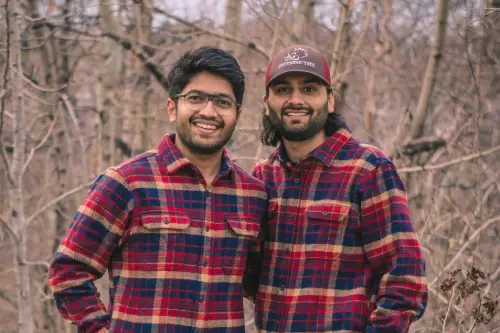
As soon as the temps drop below 70°F, Americans break out the flannel shirts like it’s part of a federal dress code. It’s cozy, versatile, and basically the pumpkin spice of clothing. You’ll see it on everyone from dads raking leaves to influencers posing in apple orchards. Other countries may associate flannel with lumberjacks or 1990s grunge, but in the U.S., it’s peak autumn fashion.
It’s also one of the few wardrobe items that transcends region, gender, and age. You’ll find it at Target, thrift stores, and high-end boutiques alike. Layer it with a vest or wrap it around your waist—it’s practically law. Americans might not agree on politics, but they can agree that flannel just feels right in October.
11. Hayrides are considered peak fall fun
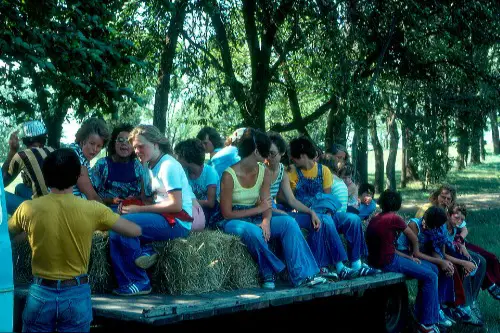
For some reason, Americans love sitting on scratchy hay bales while being pulled by a tractor around a field. Whether it’s daylight scenic or haunted nighttime spooks, hayrides are a fall staple, especially for kids and families. Non-Americans might see it as low-thrill or even mildly uncomfortable, but here it’s about the experience, not the speed.
It connects back to farming roots and gives off those classic rustic vibes people crave in autumn. Plus, it’s often paired with other fall festivities like pumpkin picking, cider sipping, and petting zoos. There’s usually laughter, chilly air, and someone in the group who drops their phone off the wagon. It’s simple fun—and sometimes that’s exactly the point.
12. People voluntarily jump into piles of dead leaves

Once the raking is done, Americans—especially kids—treat leaf piles like nature’s version of a ball pit. It’s messy, often ends with someone discovering a hidden stick to the ribs, and yet it’s a time-honored tradition. Photos of kids mid-jump into crunchy leaves show up all over social media. Outside the U.S., people may wonder why anyone would spend time cleaning up leaves only to dive right back into them.
But it’s part of the fall magic—one of those fleeting, simple joys that screams nostalgia. For parents, it’s an easy way to let kids burn off energy without screens. For kids, it’s pure chaos and giggles. And for photographers? It’s the ultimate autumn action shot.
13. Apple picking is treated like a sacred autumn rite
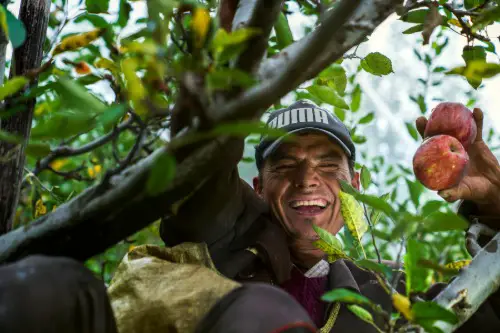
Americans will drive hours to a rural orchard, pay to pick their own apples, and then pose with them like they foraged the fruit themselves. It’s not just about apples—it’s about the aesthetic, the tradition, and the Instagram content. People dress up, take scenic photos, and then buy overpriced cider and donuts at the farm store. Non-Americans may see apples as a supermarket item, not a day-long pilgrimage.
But for many Americans, this is the definition of a “wholesome fall weekend.” You leave with a bushel of apples you won’t realistically finish and a phone full of golden-hour selfies. It’s part of the rural-meets-suburban fantasy that defines a lot of fall traditions. Even if you don’t love apples, you go for the vibes.
14. Black Friday planning begins before Thanksgiving dinner is even over

While other countries might have sales around Christmas, the U.S. has created an entire adrenaline-fueled tradition out of Black Friday. For decades, stores opened at dawn the day after Thanksgiving—now some start Thanksgiving night. Families often sit around after dessert planning routes, scanning deals, and prepping like it’s a military operation. For people outside the U.S., the idea of rushing a department store for a TV seems a little unhinged.
But it’s evolved into a high-stakes game mixed with holiday spirit and serious savings. Some people treat it as a bonding experience, others as a competitive sport. And while online shopping has taken over a bit, the in-person chaos still lives on. It’s consumerism with a side of turkey, and Americans lean in hard.
15. Decorative gourds get way more attention than they probably should
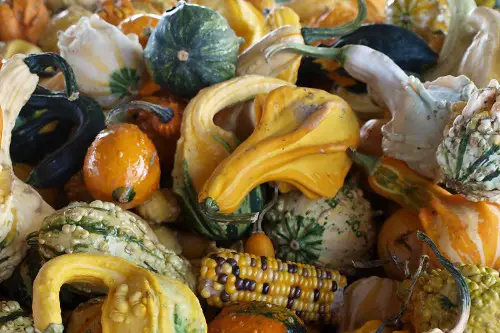
You’d be amazed at how many kinds of mini pumpkins and gourds exist—and how many Americans buy them just to put in a bowl. They’re bumpy, striped, oddly shaped, and 100% non-edible, yet people treat them like seasonal art. Table centerpieces, front porch displays, bathroom shelves—you name it, there’s a decorative gourd for it. For people from other cultures, the obsession with useless vegetables might seem puzzling.
But in the U.S., they’re a symbol of autumnal abundance and cozy vibes. It’s part of the larger trend of “fall nesting,” where people want their homes to feel warm, rustic, and seasonal. You don’t eat them—you admire them, photograph them, and eventually toss them out in December. Call it quirky, call it unnecessary, but for many Americans, fall just isn’t complete without a weird little squash on display.


